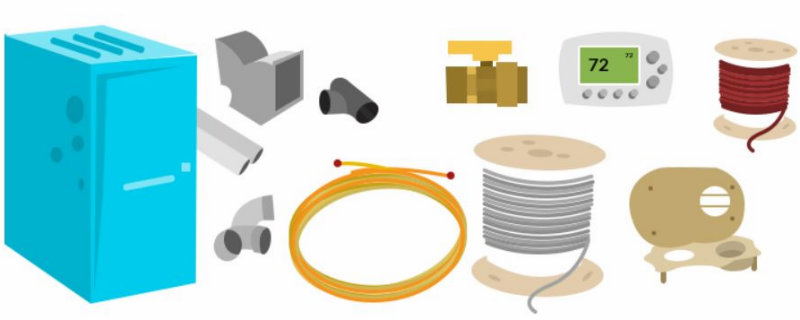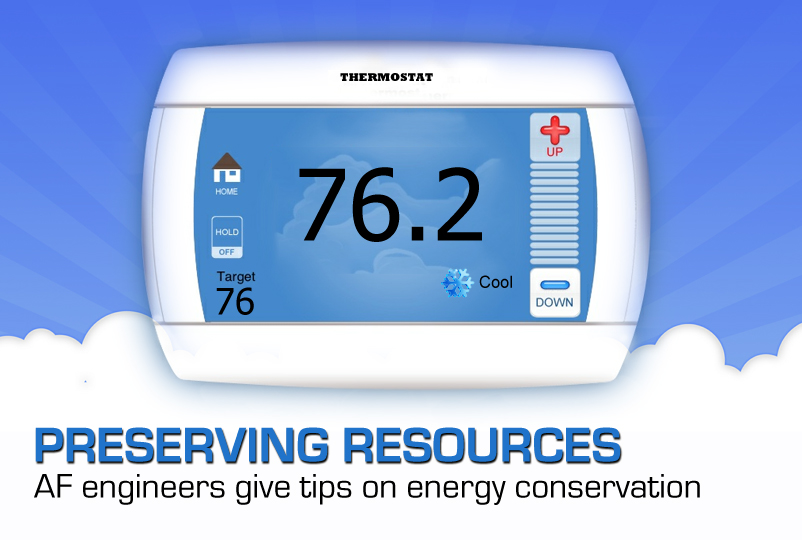I’m not sure how the weather is where you are living, but here we are getting cooler weather means the winter will be here soon enough! It’s time to start preparing our homes for the cold season. Have you done it already?
There are a fair few differences between living in a rented space and owning your own residence, and they tend to be the most noticeable in the realm of responsibility. One such responsibility is managing the temperature levels and energy spending in your home, through monitoring and adjusting the heating, ventilation, and air conditioning, otherwise known by the acronym “HVAC system”.
As a homeowner, even though the professionals will always be there to help, a lot of the responsibility for maintaining the HVAC system will fall directly onto your shoulders. To make that responsibility a little easier to bear, here is a list of essential tips for managing and maintaining your HVAC system.
Here are the 6 steps to have your HVAC system ready for any season:
Do not skimp on your maintenance routine
It may be tedious, it may be boring, but a proper maintenance routine is the very lifeline of your system. It’s important that all of the components are in good shape and working as they should, and that the entire contraption is running at its most efficient settings at any given moment.
Make arrangements for your HVAC to be serviced at least twice a year. Set up cooperation with a qualified, reliable, good-quality HVAC servicing company and you’ll be good to go all year round.

“Do not skimp on your maintenance routine! Use a good quality HVAC servicing company” – FurnaceUSA
Regularly replace the filters
Speaking in general, you should remember to change the air filters of your home HVAC system once a month. Otherwise, adjust the frequency to the instructions provided by the filer manufacturer or the furnace manufacturer.
Fresh filters mean fresh air – they will allow the airflow to advance unobstructed. Moreover, a filter in pristine conditions ensures that your system will work at its most efficient levels, which will save you money on energy bills. It has been shown that a new filter can save between 5 and 15 percent in energy consumption.
Take it easy on the thermostat
The thermostat is probably one of the most favorite inventions in the history of home temperature management but relying on it too much can wreak utter havoc on your energy bills.
Fortunately, there is a very simple step that everyone can take, which can have a significant impact on your energy savings. The trick is to set your thermostat to the coolest temperature you can in the winter and then to the highest temperature that you are comfortable with in the summer.
The United States Department of Energy recommends that you reduce the temperature of your home ten to fifteen degrees, for eight hours at a time, during the heating season. Try doing that while you are off from work if you would rather be able to raise the heat a little when you come back home.

Consider installing a programmable thermostat
For someone who spends a lot of time out of their home, a programmable thermostat can be a real revolutionary game changer for their energy efficiency strategies.
In essence, you can “teach” your thermostat when you will not be at home so that during that time it will not waste energy on trying to maintain a pleasant temperature level for an empty home.
If you would like to learn more about how to operate a programmable thermostat, you can take a look at the Energy Star guidelines.
Make sure your home is draft-proof
Protecting your space from being invaded by air of the wrong temperature is critical during the air conditioning season, not just during the cold winter period. Whatever the season may be, air leaking out of the home means that the energy spent on cooling, or heating, is essentially wasted.
Therefore, before you turn on the system, make sure that all of your windows are properly called and that all of your doors have good weather seals.
Treat your windows for temperature control
The heating and cooling capacity (“load”) of your home is severely affected by the window covering. In winter, open curtains during the day, especially on south-oriented windows. In the summer, reduce indoor temperatures by closing window coverings.




